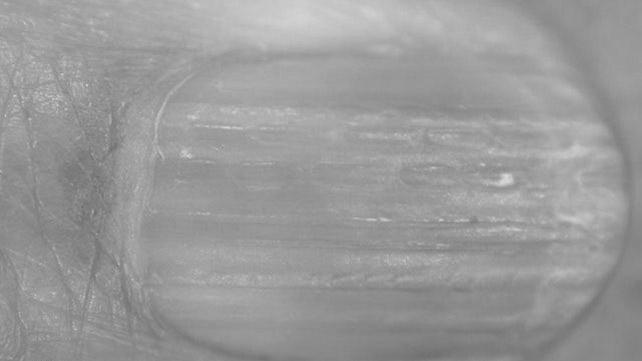- What Do Horizontal Ridges on Your Fingernails Mean?
- What causes my nails to turn white?
- Why are nails shaped the way they are?
- Can spoon nails be cured?
- Is nail condition shows tell about our health?
- How does our fingernail indicate our health condi
- Can diseases affect our nails?
- How to fix a broken fingernail?
- The nails on my hands have vertical ridges. Why?
- What Do You Do If You Cut Through Your Fingernail With a Knife?
- Why would anemia cause koilonychia spoon-shaped n
- Is there any benefit to rubbing nails?
- Why do my big toenails hurt after walking around
- Why does my gel nail polish wrinkle after curing?
- What vitamin deficiency causes ridges in fingernails
- What fingernail takes the longest to grow after you
- How do you get a fingernail out of your eye?
- How do you get rid of pain from a ripped-off finger?
What Do Horizontal Ridges on Your Fingernails Mean?
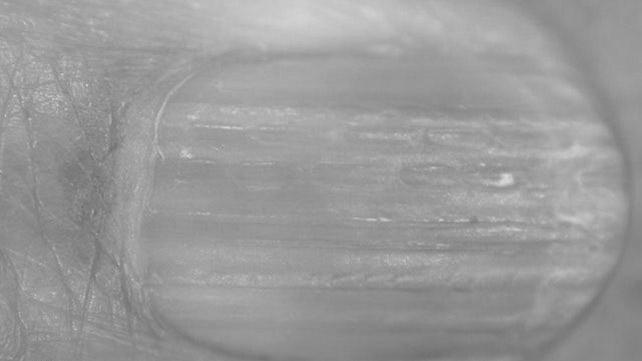
What do horizontal ridges on your fingernails mean? Essentially, the condition is a cosmetic problem. Although not always curable, a high-quality manicure will often cover them up. If they are permanent, filing them may only result in further damage to the nail. However, accepting the condition and working to prevent further damage can help you avoid other issues.
What causes my nails to turn white?
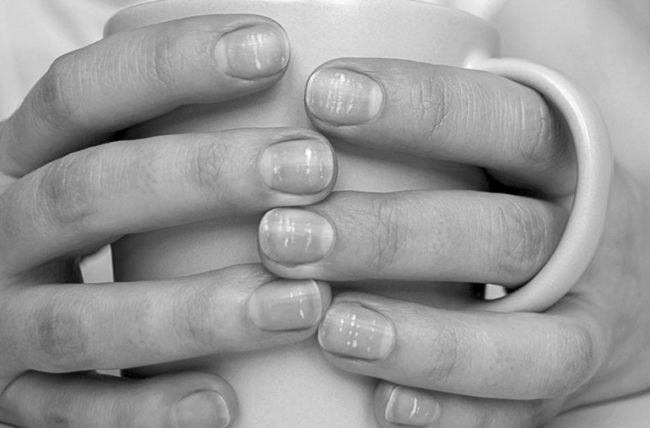
What causes horizontal ridges on your fingernails to turn white? These ridges, which can appear from the cuticle to the tip, are not calcium deposits. Instead, they are variations in cell turnover in the nail. Although they are unsightly, fingernail changes can indicate underlying health problems. Talk to a dermatologist if you’ve noticed that your fingernails have changed.
You may have Beau’s lines if you’ve noticed horizontal ridges on your fingernail. These ridges appear due to trauma to the nail matrix, which is found just behind the cuticle. Trauma to the nail matrix can result in these ridges, and future nail plates are produced with them. The appearance of these ridges can be a symptom of a health problem, such as diabetes.
While white nail color can indicate several severe medical conditions, it is essential to note that these changes aren’t necessarily harmful. Some of these changes are normal and harmless, and drugs or other factors can cause others. In most cases, though, the condition won’t require medical intervention. If a drug side effect causes it, it’s best to talk to a dermatologist for further guidance.
Why are nails shaped the way they are?
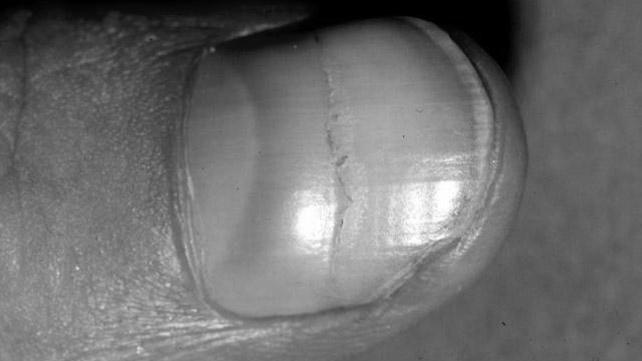
If you notice that your fingernails have ridges that run horizontally, they are probably a sign that you have a nutritional problem. If you have been trying to lose weight but have had no luck, your nails could be suffering from dietary deficiencies. You may also be prone to these ridges if you use pure acetone nail polish remover regularly. Thankfully, they will heal with time.
However, there are times when these ridges are a cause for concern. Although they are harmless, some people experience them frequently and are worried they are a sign of a severe condition. However, horizontal ridges on your fingernails could indicate malnutrition or a vitamin deficiency. A visit to a dermatologist may be necessary.
Some people will have horizontal ridges on their fingernails, known as longitudinal ridging. These lines are caused by trauma to the nail matrix. In some cases, these lines can be warning signs of a severe medical condition, such as liver or kidney failure. If you have a health issue or experience a chronic disease that causes ridges on your fingernails, see a board-certified dermatologist to determine what’s causing them.
Can spoon nails be cured?
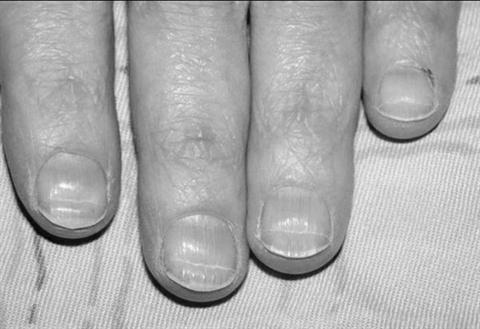
Vertical ridges on the fingernail are commonly called Beau’s lines. Although they are more common than horizontal ridges, they can be caused by trauma to the nail matrix. Trauma to the nail matrix can occur when someone picks their fingernails, jams them back, or gets their finger caught in a door. It may also happen if someone accidentally dents the nail matrix on a conveyor belt. The ridge is then created in future nail plates.
Vertical ridges on fingernails are regular. But horizontal ones can be problematic. While fine cliffs are harmless, more profound horizontal ripples indicate an underlying health problem. You can seek treatment for horizontal ridges, but it’s not as easy as filing them off. If you want to avoid these unsightly lines, it’s best to consult a dermatologist.
Is nail condition shows tell about our health?
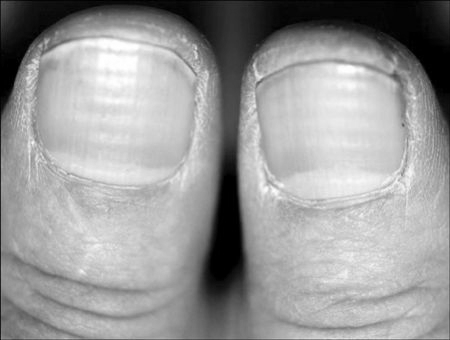
What do the horizontal ridges on your fingernails tell about your health? Nail ridges, also called Beau’s lines, can tell us about our overall health. They may indicate anemia or cardiovascular problems and signal deficiencies in specific vitamins or nutrients. If you notice that your nails have horizontal ridges, it may be time to consider changing your diet.
What are the causes of these ridges? They are the result of underlying diseases. Chronic paronychia, or inflammation of the nail folds, is one such cause. It would help if you visited a dermatologist who can offer treatments in such a case. In addition to these symptoms, nails can also reveal other health concerns. Here are three more signs of being aware.
Vertical ridges in fingernails are a sign of aging. As you age, the skin beneath the nail plate loses structural integrity and wrinkles. Another risk factor for developing these ridges is exposure to excessive amounts of water and frequent manicures. In addition, dry skin, psoriasis, and eczema can cause fingernail ridges.
How does our fingernail indicate our health condi
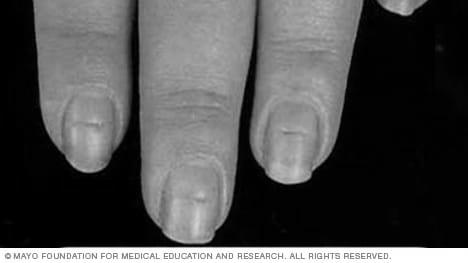
You may be wondering, how do horizontal ridges on our fingernails mean anything? Fingernails can reveal clues to our overall health. If the nail ridges and lunula change in color, it may signify lung or liver disease. The lunula can also indicate aging and health conditions, such as congestive heart failure.
The appearance of Beau’s lines on fingernails is a symptom of serious illness, such as heart failure or a recent stroke. It can also be a sign of radiation therapy, exposure to extreme cold, or other health issues. While these are just a few reasons you might see Beau’s lines, they can also indicate several other illnesses.
While they are relatively common, you may notice that they change color and texture as we age, which could indicate an underlying health condition. Vertical ridges on fingernails can also indicate rheumatoid arthritis, cardiovascular problems, and iron deficiency anemia. If the ridges are present on a thick nail, the chances are good that the condition is not severe.
Can diseases affect our nails?
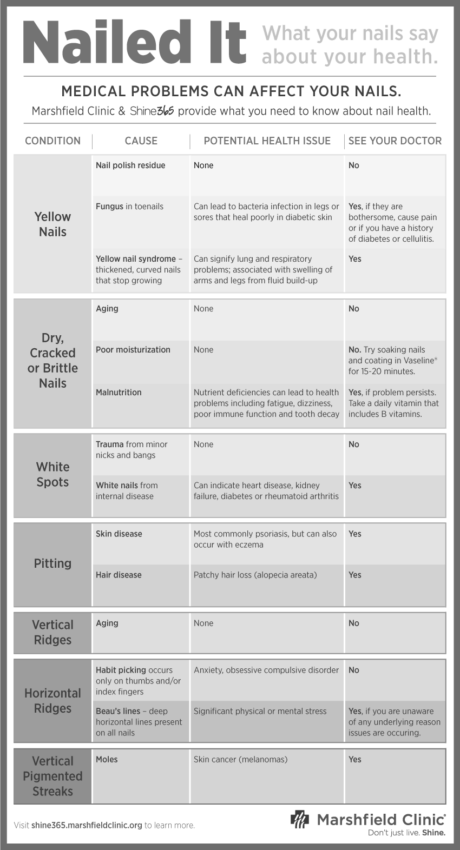
Nails are made of keratin, the same protein that makes up skin and hair. They grow from cells at the base of the nail plate, which layer onto each other. Keratinisation is when new cells grow on top of the old ones. This process occurs in the nail plate’s cuticle, the thin tissue that covers the base of the nail plate. This process is different from other diseases that affect nails and can be caused by various causes, including continuous mild trauma, habitual finger tapping, or using your nails as tools.
How to fix a broken fingernail?
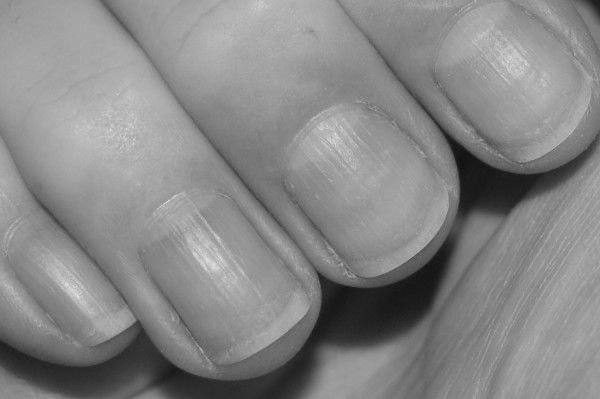
Do you notice that your fingernails have ridges? Do you think they’re unhealthy? There are a few solutions to horizontal ridges on fingernails if you do. First, you must determine what causes nail ridges. This ridge may result from trauma or damage to the nail matrix. If you’ve picked your nails, jammed your cuticle back, or caught your finger in a door on the future nail plate.
Another cause of horizontal ridges on your fingernail is a fungus. While vertical ridges on fingernails are regular, those that are deeper and more prominent are a cause for concern. It can be tricky to treat horizontal ridges because they’re usually more widespread and profound. Thankfully, the good news is that the banks will heal gradually with time.
If you have horizontal ridges on your fingernail, you may have an underlying health condition, such as rheumatoid arthritis or anemia. If the banks are in the middle of your nail, there could be a nutrient deficiency causing them. Fortunately, there are some simple solutions to this problem.
The nails on my hands have vertical ridges. Why?
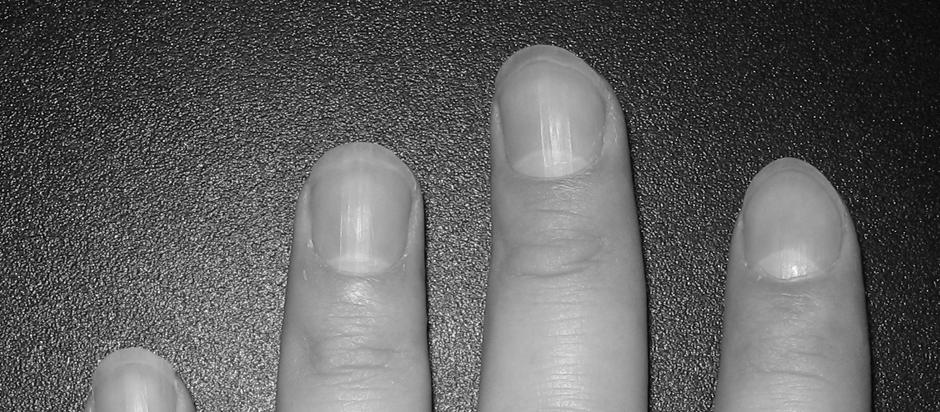
Sometimes, fingernails have horizontal ridges. It could be a sign of an underlying health condition. In other cases, it could be a symptom of a dietary imbalance. Either way, it is best to consult a doctor as soon as possible. The ridges are caused by a deficiency in a specific protein in your body.
Aside from nail trauma, there are other causes of raised ridges. A vitamin deficiency or a physical trauma can cause vertical cliffs. Sometimes, it is a symptom of an underlying health condition, like anemia, rheumatoid arthritis, or a cardiovascular disorder. Nail ridges may also be caused by a nutrient deficiency, such as iron, zinc, or folic acid.
If you’re worried about the ridges, check with your doctor. In some cases, they can be caused by a skin condition. Some common causes of vertical cliffs are eczema, psoriasis, and lichen planus. If you’re worried about the ridges in your nails, see your doctor as soon as possible.
What Do You Do If You Cut Through Your Fingernail With a Knife?
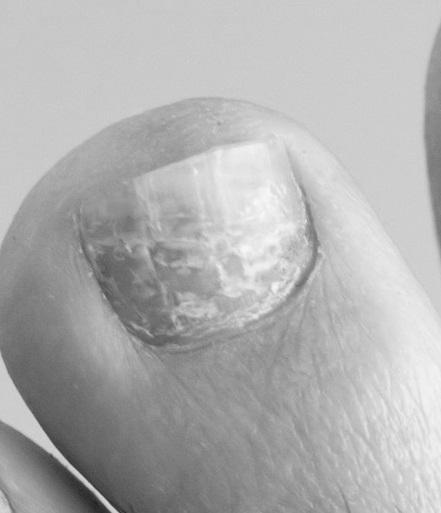
If you accidentally cut through your fingernail with slicing equipment, there are several things you need to do. First, you need to seek medical attention. If you are bleeding heavily, apply direct pressure to the wound. Next, you should clean the wound and protect it. If you cannot go to the hospital right away, try to clean the damage yourself and use sterile scissors.
Why would anemia cause koilonychia spoon-shaped n
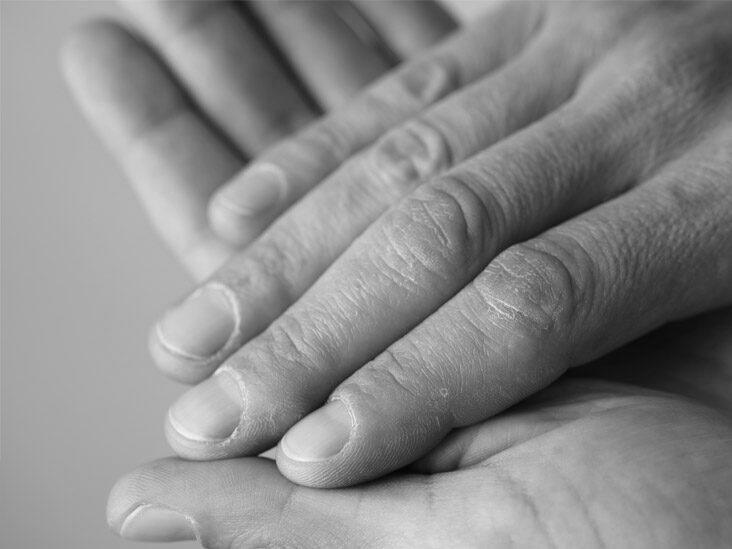
If you’ve ever noticed that your nails are elongated, spoon-shaped nails are the most common cause. They can be caused by anemia, worms, malnutrition, or other factors. In some cases, spoon nails can be a symptom of another medical problem, like alopecia areata, which results from an iron deficiency. Koilonychia is also caused by environmental factors like living at high altitudes.
If you are wondering why your nails have this shape, you might want to check the nutrition levels in your body. A low iron level can lead to fingernail dystrophy, which is often associated with anemia. If you suspect this condition, you should consult a doctor and eat a proper diet. You’ll also need to take vitamins and minerals, which may cause spooning.
If you’re concerned that your nails are spoon-shaped, you should see a healthcare provider. While a fungal infection can cause spoon-shaped nails, they are not usually an indicator of a disease. Your healthcare provider will diagnose and treat the underlying cause of your condition. Iron supplementation can help, as can eating more iron-rich foods. Foods rich in iron include prunes, dates, and raisins.
Is there any benefit to rubbing nails?
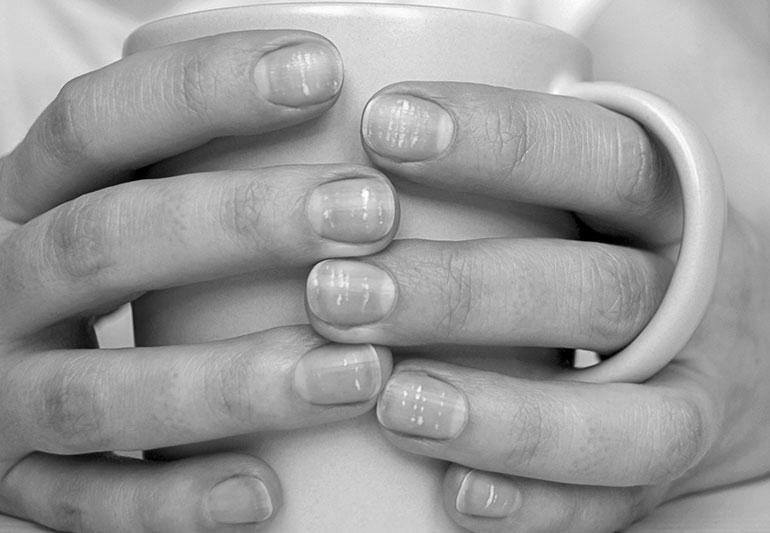
A simple but effective exercise that helps to boost blood circulation is nail rubbing. This practice improves blood circulation, linked to improved heart function and higher energy levels. It works best when performed five minutes before cutting your fingernail. Curl your fingers inwards toward your palm, and rub with your fingertips. It also improves blood circulation and may prevent the onset of grey hair.
In addition to reducing the risk of infection, this technique also reduces the risk of contact sensitization. However, you should not rub your fingernail if you undergo a surgical procedure. Rubbing can increase your blood pressure, which can cause complications. In addition, rubbing can make your fingernails healthier and shinier.
Why do my big toenails hurt after walking around
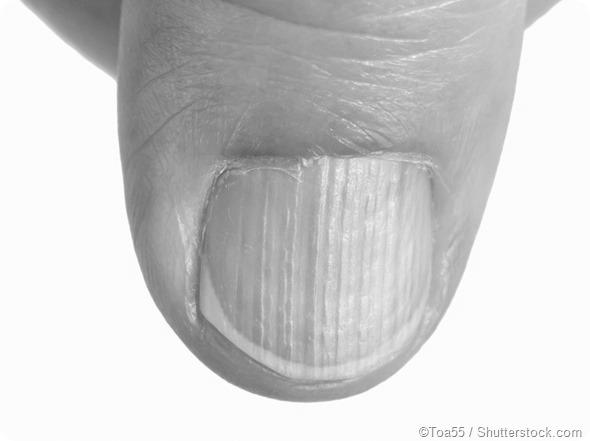
If you’ve ever noticed that your big toenails hurt after you’ve walked around, you’re not alone. Most of us don’t really think about our big toes, but they’re a massive part of our body, and they’re often in pain from time to time. Pain can result from several factors, including an infection, calluses, or bunions. You might also experience pain after wearing too tight or too loose shoes. In this case, the toenail becomes thick and stiff, placing pressure on the flesh of the big toe.
In some cases, the pain could result from a bacterial infection. Cellulitis is a severe infection that can spread to other tissues and cause pain. In some cases, cellulitis can apply to the entire foot or leg, so it is essential to get proper medical care. Symptoms may include pain, redness or warmth of the affected area, fever, and nausea or vomiting. Severe cases of cellulitis may lead to red streaks on the leg. Fungal infections, too, can damage the nail, causing it to be painful.
Why does my gel nail polish wrinkle after curing?
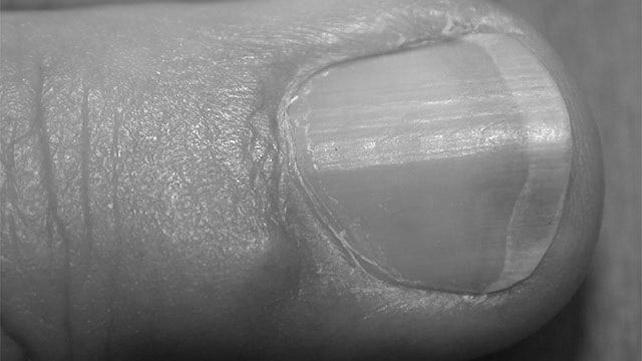
There are several reasons why your gel nail polish may look lumpy, bubbled, or wrinkled after curing. In some cases, the problem may be caused by too thick a layer of gel polish. The thick layer prevents the UV light from curing the lower layer, resulting in a wrinkled top layer. Applying more gel polish won’t smooth the wrinkled top layer, either.
Your UV/LED lamp maybe not be powerful enough to cure your gel polish. Ensure the light you have is working correctly and is the correct wattage for the gel polish brand. Alternatively, you can check the wattage of the UV lamp yourself. Make sure all bulbs are functioning correctly. If you are using light that years ago, make sure it works properly.
Another reason your gel nail polish might appear wrinkled after curing is due to too much natural light. Direct sunlight can cause the gel polish to shrink. Applying a thick layer on only one hand can also happen. You should avoid direct sunlight or too much natural light for gel application. A good lighting source is overhead. A well-ventilated room with minimal natural light will do. A good light source is a natural or artificial one.
What vitamin deficiency causes ridges in fingernails
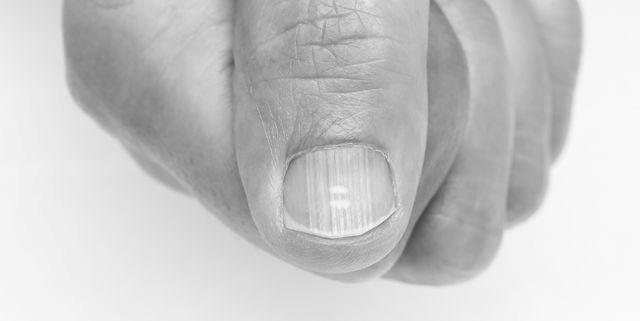
You may wonder: What is the cause of ridges in your fingernail? These ridges can be caused by several nutritional deficiencies, such as iron and folic acid. However, these ridges are most likely caused by an insufficient amount of one of these nutrients. A good diet is packed with plenty of fruits and vegetables, and a proper diet will contain the vitamins and minerals you need to keep your nails looking and feeling healthy.
Although fingernail ridges can be harmless, they can signify a more serious underlying medical problem. While they are usually caused by aging, they can also mean malnutrition or a vitamin deficiency. While minor vertical ridges on the fingernail are harmless, deep horizontal ridges, called Beau’s lines, may signal an underlying health problem.
What fingernail takes the longest to grow after you
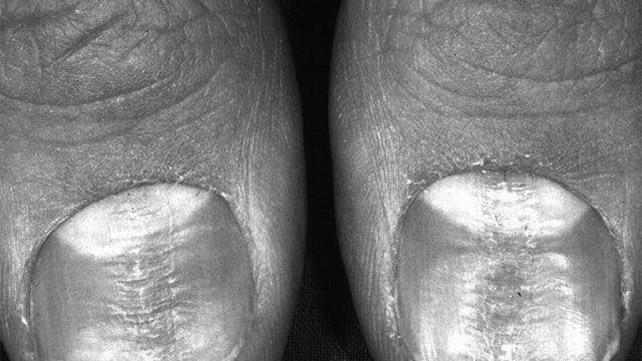
If you cut your fingernail with a knife, it will take about seven to ten days for the nail bed to heal and a new nail to grow. The new pin may have ridges or grooves, and it might take between four and six months to grow back. The staple may not be perfect, and the damage will be permanent. On the other hand, the toenail takes about a year and a half to grow back.
The cells that make up your fingernails are made of keratin protein, and they push out of the nail matrix. This matrix is hidden beneath the nail plate and is visible only when the nail is cut or is injured. A thin skin surrounds the nail matrix called the cuticle, which tends to peel away from the pin. A layer of skin called the hyponychium lies underneath the fingertip and is much more sensitive than the rest of the fingertip.
How do you get a fingernail out of your eye?
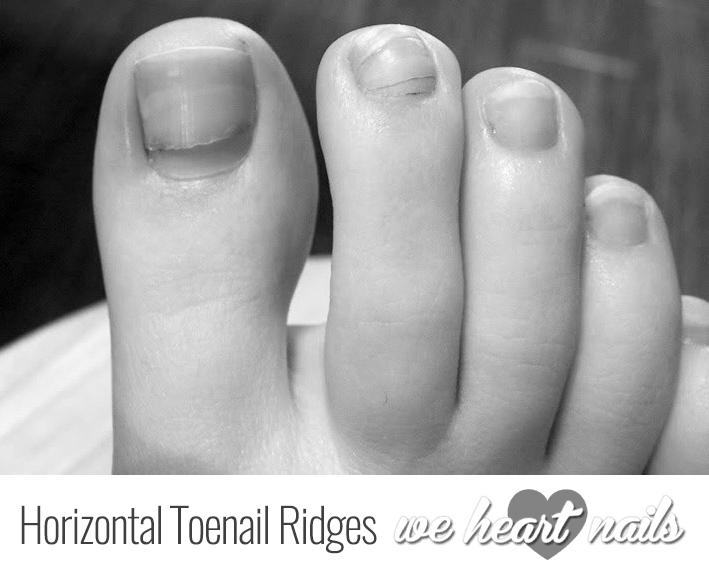
In addition to cutting your finger, you may have accidentally poked your fingernail into your eye. Your eye will try to flush the foreign object out through blinking and watering when this happens. You may be tempted to pry the thing out by using new tissue. However, rubbing the eye may damage the cornea.
How do you get rid of pain from a ripped-off finger?
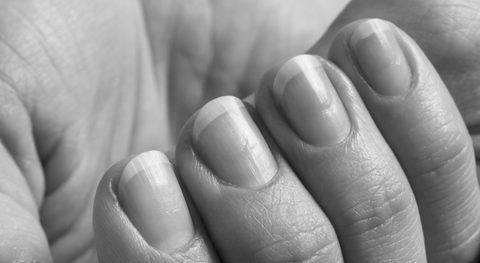
First, apply OTC anti-inflammatory medicines to reduce inflammation and pain. You can also apply gauze or bandages over the affected area. Apply antibiotic ointment if needed. Change the dressings twice a day. If the pain persists, seek medical attention. Your finger may be partially pulled or ripped off. In that case, take steps to prevent further damage.
You can try using an ice pack to relieve pain. However, make sure to apply it only to typical areas. Otherwise, the ice will cause further damage to areas with poor circulation or open wounds. You may also be given a special compression bandage to reduce swelling. During the night, remove the application if you notice poor circulation.
